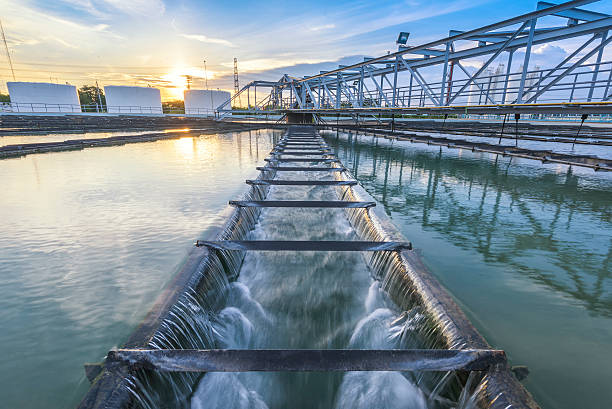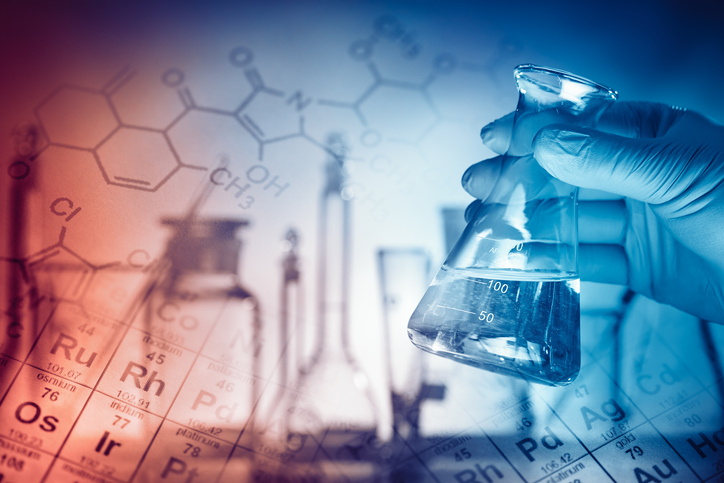Proper application of water treatment polymer enhances overall purification performance.
The Importance of Water Treatment Polymer in Modern Environmental Solutions
In today's context of rising environmental difficulties, the function of water therapy polymers has emerged as a keystone of effective water filtration procedures. These polymers not only enhance the effectiveness of impurity removal with coagulation and flocculation however additionally add to sustainability by minimizing chemical use. As industries increasingly concentrate on conformity with rigorous environmental policies, recognizing the various applications and benefits of these polymers ends up being essential. The landscape is developing, and the implications for future water therapy techniques call for a closer exam. What advancements lie ahead in this vital field?

Function of Water Therapy Polymers
Water therapy polymers play a crucial duty in improving the performance of water purification processes. These synthetic natural compounds work mainly as coagulants and flocculants, facilitating the aggregation of suspended particles and colloids in water. By promoting the formation of larger collections, or flocs, these polymers considerably improve the sedimentation rate and filtering efficiency, causing clearer and cleaner water.
In addition to their coagulation and flocculation residential properties, water treatment polymers can likewise help in the removal of certain contaminants, consisting of heavy steels and natural pollutants. They attain this by altering the surface area qualities of particles, which improves their communication with various other therapy chemicals. Furthermore, the usage of polymers can decrease the amount of chemical ingredients needed in treatment procedures, thereby lessening possible ecological impacts.
One more important aspect of water therapy polymers is their ability to perform effectively throughout a variety of conditions, consisting of varying pH levels and temperatures. This convenience makes them indispensable in both community and industrial water therapy facilities. Eventually, the duty of water therapy polymers is important for making sure compliance with environmental guidelines and achieving sustainable water monitoring practices.
Advantages of Polymer Use
The application of polymers in water treatment processes uses many advantages that enhance both functional effectiveness and environmental sustainability. One considerable benefit is the raised performance in coagulation and flocculation, which leads to boosted elimination of put on hold solids and pollutants from water resources. This effectiveness not only leads to cleaner water but additionally decreases the need for too much chemical additives, advertising a much more eco-friendly technique to water treatment.

Polymers additionally enhance the security of water treatment systems, permitting more regular performance under varying functional problems. Their flexibility makes it possible for treatment facilities to adjust to different water top qualities and therapy objectives, thus guaranteeing conformity with regulative criteria.
Kinds Of Water Treatment Polymers
Polymers utilized in water therapy can be classified right into numerous types, each serving distinct functions and applications within the treatment process. The key groups include coagulants, flocculants, and dispersants.
Coagulants, such as polyaluminum chloride and ferric sulfate, help with the gathering of suspended bits in water by neutralizing their charges. Flocculants, on the various other hand, advertise the formation of bigger aggregates, or flocs, enabling simpler elimination of bits from water.
Dispersants are utilized to stabilize suspensions and protect against the settling of solids (water treatment polymer). By changing the surface area residential properties of particles, they boost the effectiveness of therapy processes, read this post here especially in wastewater monitoring
Furthermore, there are specialized polymers made for particular applications, such as biopolymers originated from natural sources, which commonly provide eco friendly choices to artificial alternatives. Selecting the proper sort of polymer is vital for enhancing water treatment processes, guaranteeing reliable contaminant elimination, and improving general water quality.
Applications in Numerous Industries
In various markets, the application of water therapy polymers plays a substantial duty in improving performance and effectiveness in handling water high quality. These polymers are utilized in municipal water therapy facilities to aid in coagulation and flocculation procedures, thus boosting the elimination of debris and pollutants. In the oil and gas sector, water treatment polymers assist in handling generated water, guaranteeing the risk-free disposal and recycling of water while lessening environmental impact.
Furthermore, the fabric market employs water therapy polymers to help with dye elimination and wastewater purification, essential for satisfying strict governing requirements. water treatment polymer. In the food and beverage industry, these polymers are crucial in guaranteeing the security of water utilized in production procedures, adding to item top quality and compliance with health laws
Additionally, the mining market take advantage of water therapy polymers, which are utilized to reduce water use and boost the recuperation of valuable minerals from ore. Generally, the flexibility and effectiveness of water therapy polymers across these varied applications emphasize their crucial function in advertising lasting techniques and safeguarding water resources in contemporary industrial operations.

Future Trends in Water Treatment
Emerging patterns in water therapy are increasingly characterized by the combination of innovative innovations and ingenious products. water treatment polymer. The adoption of clever water management systems, which utilize real-time information analytics and IoT tools, is transforming the way water quality is kept an eye on and handled. These systems allow very early discovery of contaminants and optimize therapy procedures, leading to improved continue reading this performance and reduced functional prices
Additionally, the use of water therapy polymers is getting grip as they provide significant advantages in flocculation, sedimentation, and purification processes. These polymers promote the removal of contaminants at blog lower does, therefore lessening chemical use and environmental influence. The advancement of biodegradable and eco-friendly polymers is likewise ending up being a vital focus, straightening with worldwide sustainability goals.
Furthermore, innovations in membrane technology, such as nanofiltration and reverse osmosis, are enhancing the removal of micropollutants and supplying potable water from unusual resources, like seawater and wastewater. As governing structures advance and public need for clean water escalates, these fads are anticipated to form the future landscape of water treatment, promoting a much more sustainable and durable approach to water source monitoring.
Final Thought
Finally, water treatment polymers are vital elements in contemporary environmental solutions, considerably improving water filtration processes with enhanced coagulation and flocculation. Their capability to minimize chemical usage while properly getting rid of impurities underscores their importance in attaining regulatory compliance and sustainability objectives. As sectors remain to prioritize tidy water access, the continuous development and application of these polymers will certainly play an essential duty in dealing with the difficulties of water treatment and environmental management in the future.